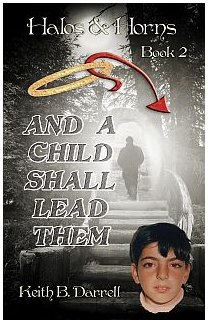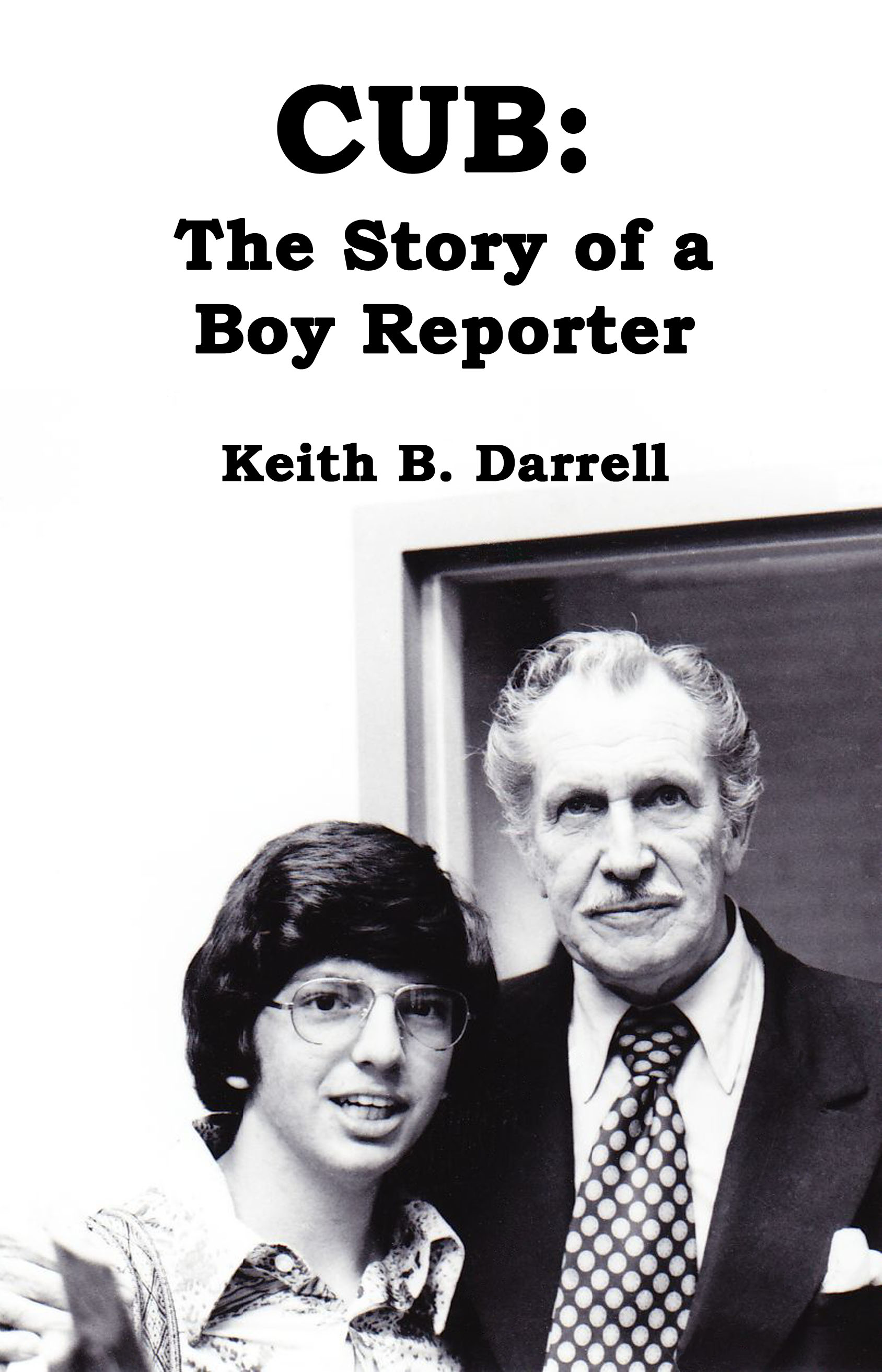I promised myself I wasn’t going to write about this week’s
topic. I tried to avoid it, despite the media bombardment assailing me
everywhere I went. But now, I fear I have no choice. I’ve been forced to take
to my podium and scream “Stop the Idiocy!” at the top of my lungs.
My dog and I were at the vet yesterday (no doubt, helping
put the veterinarian’s kids through college, judging from the bill) when I saw
a laminated, 8 ½ x 11 placard taped to the checkout counter, with the ominous
heading: “Dogs and Ebola.” I leaned over to the cashier-nurse and asked,
“Precisely how many dogs in America have Ebola?” She stared at me as if I had
asked a question on the “Do Not Ask” list pinned behind the counter. I decided
to narrow the range of my query to make it easier. “How many dogs have ever
contracted Ebola in America, in the history of the country, since it was
founded?” A pensive gaze enveloped her face, as if she had been transported to
the stage of a TV game show and this might be a trick question. Slowly, she
answered, “None?”
“Absolutely right,” I replied. “So why are you alerting all
of your customers to “Dogs and Ebola” (which I might add concluded at the
bottom of the page that we really don’t have to worry about our dogs
contracting Ebola, after all) instead of canine influenza; the deadly, yet
common, parvovirus; or the life-threatening heartworm caused by
mosquito bites?” You know, stuff that could really happen, and does,
frequently.
She answered, the owner had insisted on posting the scary
placard, even though Halloween had passed, just as the news media insist on
scaring the American public over a phantom bogeyman. The truth is, no one has
ever contracted and died from Ebola in the United States. The only person to
ever die from Ebola on U.S. soil, Thomas Eric Duncan, contracted the disease in
Liberia and flew here with it. Only three other individuals in the U.S. have
been diagnosed with Ebola and all were healthcare workers: two were directly
exposed to Duncan, and the third was a doctor who became sick on his return
from helping Ebola patients in West Africa. There is no Ebola epidemic in the
United States.
The panic about Ebola is reminiscent of the panic
surrounding AIDS when it first appeared. Initially known as GRID (Gay Related
Immune Deficiency) when first observed in 1981, the condition caused by the
Human Immunodeficiency Virus (HIV) was renamed Acquired Immune Deficiency
Syndrome after researchers discovered it affected more than homosexuals. By
1983, it was thought to affect gays, Haitians, and intravenous drug users. A
popular joke at the time was, the hardest part of testing positive for the
disease was telling your parents you were Haitian. The disease was spreading
rapidly and killing many people, but Americans did not label it an epidemic
until two new facts came to light: the incurable, deadly AIDS would kill anyone
– not simply gays, Haitian, and IV-drug users – and it was transmitted through
sex. Everyone was at risk and you caught it from sex: this was a f--king
epidemic!
The word epidemic immediately leads to panic, with good
reason. The Bubonic Plague wiped out 40% of Europe’s population from 541-542 ;
The Black Death killed between 75 million and 200 million people (30-to-70% of
the European population) in the 14th century; 75 million died in the
1918 influenza pandemic; smallpox killed between 300 million and 500 million
people in just the 20th century alone; and AIDS has killed 25
million since 1981. The total number of Ebola deaths worldwide since 1976, when
the disease was first reported: 6,585.
Ebola is not new; it has existed since 1976. That breaks
down to an average of 173 deaths per year. Distressing? Yes? An epidemic to
panic over? No. For comparison, last year, 11,419 Americans were killed by guns;
576,691 Americans were killed by cancer; 595,577 Americans were killed by heart
disease, and 35,200 Americans died in car crashes. Americans killed by Ebola:
0. Zero, none, nada. Still afraid of Ebola? You’d be better off to pass on the
Big Mac and stop texting while driving.
Yet fear is panic’s handmaiden. Ryan White, a hemophiliac,
was 13 when he was diagnosed with HIV in 1984. He was expelled from middle
school after panicked parents and teachers petitioned against and protested his
attendance at the public school. When he was allowed to return to school for
one day, half the students refused to attend classes. Many of the people on the
boy’s newspaper route canceled their subscriptions because they believe they
could contract HIV through the newsprint of the newspapers he handled. The
school insisted Ryan eat with disposable utensils and use a separate bathroom.
In Arcadia, Florida, in 1986, three hemophiliac brothers – Ricky, Robert, and
Randy Ray were diagnosed with HIV and barred from attending school. A week
after a court ruled, in 1987, that the children had to be allowed to attend
classes, their family’s home was burned to the ground.
HIV, like Ebola, is not an airborne illness. You don’t catch
either from sneezes or toilet seats. Both are transmissible only through
contact with the bodily fluids of an infected person. In the case of HIV,
bodily fluids are blood, semen, breast milk, and vaginal secretions. In the
case of Ebola, bodily fluids are blood, semen, breast milk, saliva, mucus, vomit,
feces, sweat, tears, and urine. Since bodily fluids may be exchanged during
sex, this has made HIV particularly scary. However, while HIV can be
transmitted by a person who is asymptomatic (i.e., displays no symptoms) Ebola
can only be transmitted by one who is displaying symptoms.
So what are Ebola symptoms? They include weakness, fever,
aches, diarrhea, vomiting, stomach pain, rash, red and swollen eyes, chest
pain, throat soreness, difficulty breathing or swallowing, and external and
internal bleeding. The bleeding can come from the eyes, ears, nose, mouth, and
rectum. While it is possible for Ebola to be transmitted sexually, since the
disease can only be transmitted when the victim is symptomatic, I doubt anyone
could be horny enough to desire sex with someone bleeding through their eyes
and rectum. Ebola is much more difficult to contract than AIDS or influenza.
And surfaces can be decontaminated with household bleach.
Meanwhile, the American media have irresponsibly fueled a
panic over Ebola and the nonexistent epidemic in this country. A new poll shows
one in six Americans believe they will die from Ebola. A woman at an airport
dressed in a full body, do it yourself Hazmat suit. A teacher was placed on
medical leave merely for attending a conference 10 miles from where Ebola
patient Duncan had been treated in a Dallas hospital. Another teacher, Susan
Sherman, resigned from her Kentucky elementary school job after being placed on
a 21-day leave because she had returned from Kenya – Kenya, a country in the
continent of Africa, does not have Ebola. Parents pulled their students from a
Mississippi middle school after its principal returned from his brother’s
funeral in Zambia. A New Jersey school barred two students from Rwanda, another
country in Africa, 2500 miles away from where the Ebola outbreak occurred. One
of the results of America’s failure to teach geography in its public schools is
that we now have an entire generation of supposedly educated people who do not
know that Africa is not a country, but one of the world’s seven continents.
Fortunately, my dog can’t read, so she was not panicked by
the notice at her veterinarian’s office. Those humans who can read, and take
the time to seek out the facts, rather than the hysteria, will also not fall
victim to the Ebola panic. For the rest, who would rather believe in
half-truths and superstition, rather than facts and science, I am pleased to
announce I am now selling anti-Ebola bracelets, only in the U.S., which are
guaranteed to ward off the dreaded Ebola virus. I also have some wonderful
books for sale, but hey, a buck’s a buck and I’ll take it where I can get it.















































No comments:
Post a Comment